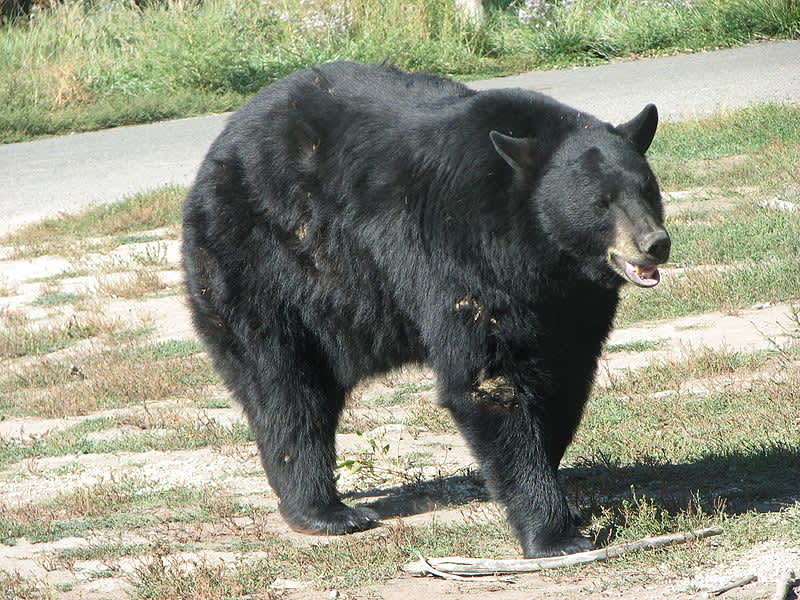Maine Bear Hunting Opponents Collect Nearly 80,000 Signatures for Ballot
OutdoorHub Reporters 02.05.14

Earlier this week, Mainers for Fair Bear Hunting submitted 78,528 signatures to the Secretary of State in a petition to ban bear baiting, trapping, or hunting with dogs in Maine. According to the organization, the signatures were collected from 417 towns and cities across the state over the last four months. Only 57,277 verified signatures were needed to place to issue on the November ballot.
“Despite frigid temperatures and major snowstorms, dedicated Mainers from every corner of the state braved the elements to collect signatures for the bears,” said Mainers of Fair Bear Hunting campaign director Katie Hansberry. “Our volunteers reported that Mainers were overwhelmingly eager to sign and put an end to bear baiting, hounding, and trapping which have no place in responsible wildlife management. We look forward to giving all Mainers the opportunity to vote on this issue and protect bears from unfair and lazy hunting practices.”
There is, however, a vocal group that disagrees with the message put out by Hansberry’s organization: Maine’s bear hunters.
Save Maine’s Bear Hunt and Management Programs, a campaign opposing the hunting ban, says that Hansberry and her group are supported by the Humane Society of the United States (HSUS) in a bid to end all hunting in the state.
According to data by the Maine Department of Inland Fisheries and Wildlife (DIFW), the vast majority of bears harvested in the state since 1999 were taken using the exact means the petition seeks to ban:
- 79 percent by baiting
- 11 percent by hounds
- 3 percent by trapping
- All other methods, including bears taken while deer hunting, amounted to 7 percent
Mainers for Fair Bear Hunting say that these methods are inhumane, unsporting, and unsustainable, a statement disputed by hunters’ advocate groups in the state as well as some wildlife experts. Maine has one of the largest bear populations in the continental United States, and the largest overall on the East Coast, with 30,000 individuals. Since 1990, the bear population has grown 67 percent, a fact that has led the DIFW to claim the state’s management program as one of the most successful in North America.
“Maine has a rich history of hunting,” outdoor writer bear hunting advocate Bernie Barringer told OutdoorHub.
Barringer said that misinformation plays a major role in the current effort to place a referendum on the ballot. He explained that animal rights groups such as HSUS and Mainers for Fair Bear Hunting are targeting urban residents who know little about bear hunting, and their support could be tipping the scales.
“They show pictures of these big bear traps that were used in the 1800s which are not in use anymore,” Barringer added. “What’s in use today are cable-restraint devices that hold the bear in place until the hunter comes and checks the trap. These traps are usually checked first [thing] in the morning […] hunters are conscientious, they’re not going to wait for days. They’re excited to find out if they got a bear.”
Other opponents of the bear hunting ban point out that a similar proposal was made in 2004, which failed.
“Ten years ago, Maine voters agreed that decisions about wildlife should not be made by wealthy, out-of-state special interest groups, but by the professional wildlife managers at the Maine Department of Inland Fisheries and Wildlife,” stated James Cote, campaign manager for the Maine Wildlife Conservation Council. “The drastic drop in the amount of signatures submitted by the anti-hunting lobby indicates a decline in support for their position over the last decade.”
The Secretary of State has 30 days to certify the signatures submitted by Mainers for Fair Bear Hunting, at which point the legislature can enact the proposal or put it on the November ballot.

